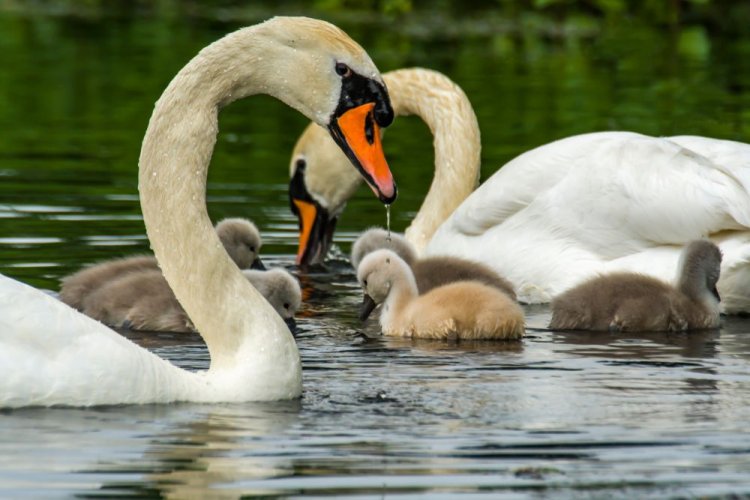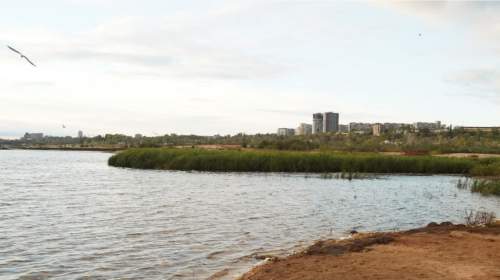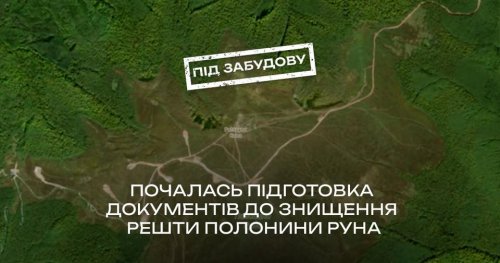Reeds are harvested on thousands of hectares of Ukrainian nature reserves. However, if mowing is carried out improperly, it poses a threat to the health and lives of the feathered inhabitants of national parks. Harvesting limits are increasing, but control over the work by state environmental institutions remains largely formal.
This is the opinion of ecologist Volodymyr Boreiko, director of the Kyiv Ecological and Cultural Center (KECC). In his article for Interfax-Ukraine, he spoke about the harm to the population of waterfowl, including rare birds.
Like thousands of sharp spears
Through their negligence, people themselves create deadly traps for birds. According to the ecologist, reed cutting harms more than 30 background species and at least five species of red-listed birds: the spoonbill, the little bittern, the pygmy cormorant, the yellow heron, and the white-eyed blackbird.
“When swans land on the water, they do not pay attention to the sharp tips of cut reeds sticking out of the water and cut their stomachs on them. It is precisely these swans, as Sergei Grigoriev, a zoologist at Mezhigorye Park, told me, that are often brought to him for treatment,” said Volodymyr Boreiko.
Limits are increasing
An ecologist analyzed the limits on reed harvesting issued by the Ministry of Environment to national parks. While in 2013 the limit was 5,470 tons, in 2021 it was increased threefold to 18,194 tons. In the Danube Biosphere Reserve alone, the limit is almost 7,000 tons.
Boreiko considers the situation here to be particularly critical. According to him, mowing in the Danube Reserve covers up to 80% of the territory – more than 2,600 hectares. The practice of draining water through sluices before carrying out work is also destructive.
"After the reeds are mowed, the sluices begin to hold water again, the level rises, and the water covers the sharp peaks of the mowed reeds, which swans and other waterfowl can no longer see," the ecologist emphasized.
Selective environmental protection
As it turns out, reed cutting can also be done with varying degrees of environmental responsibility. For example, in the Tuzliv Estuaries, areas for harvesting are selected according to a mosaic principle, and a 10-meter strip near the water must remain untouched. In addition, work can only be carried out between November 15 and December 31.
In contrast, in the Danube Reserve, mowing continues until March 1, when spring migration begins. According to the director of the KECC, there is no mention of mosaic patterns or protection of coastal strips from mowing here either.
Collateral losses
Mowing destroys birds’ wintering and nesting sites. At the same time, this work often involves special equipment such as combine harvesters and heavy vehicles, which leads to the irreversible removal of biomass.
Oversight and responsibility
The ecologist is concerned that after the Ministry of Ecology is disbanded and merged with the Ministry of Economy, the situation will not change. According to Volodymyr Boreiko, there was no real control over the process even before that.
The reports did not reflect either the mowing areas or the period of work. Harvesting took place without checks by the State Environmental Inspection and control by scientists or eco-activists.
"Therefore, there is no need to believe the reports on reed harvesting in the Danube Reserve. Moreover, he has a direct economic interest in reed harvesting, as he sells it abroad," the ecologist emphasized.
Earlier, EcoPolitic reported on how the Tuzliv Estuary was restored after a large-scale fire.





